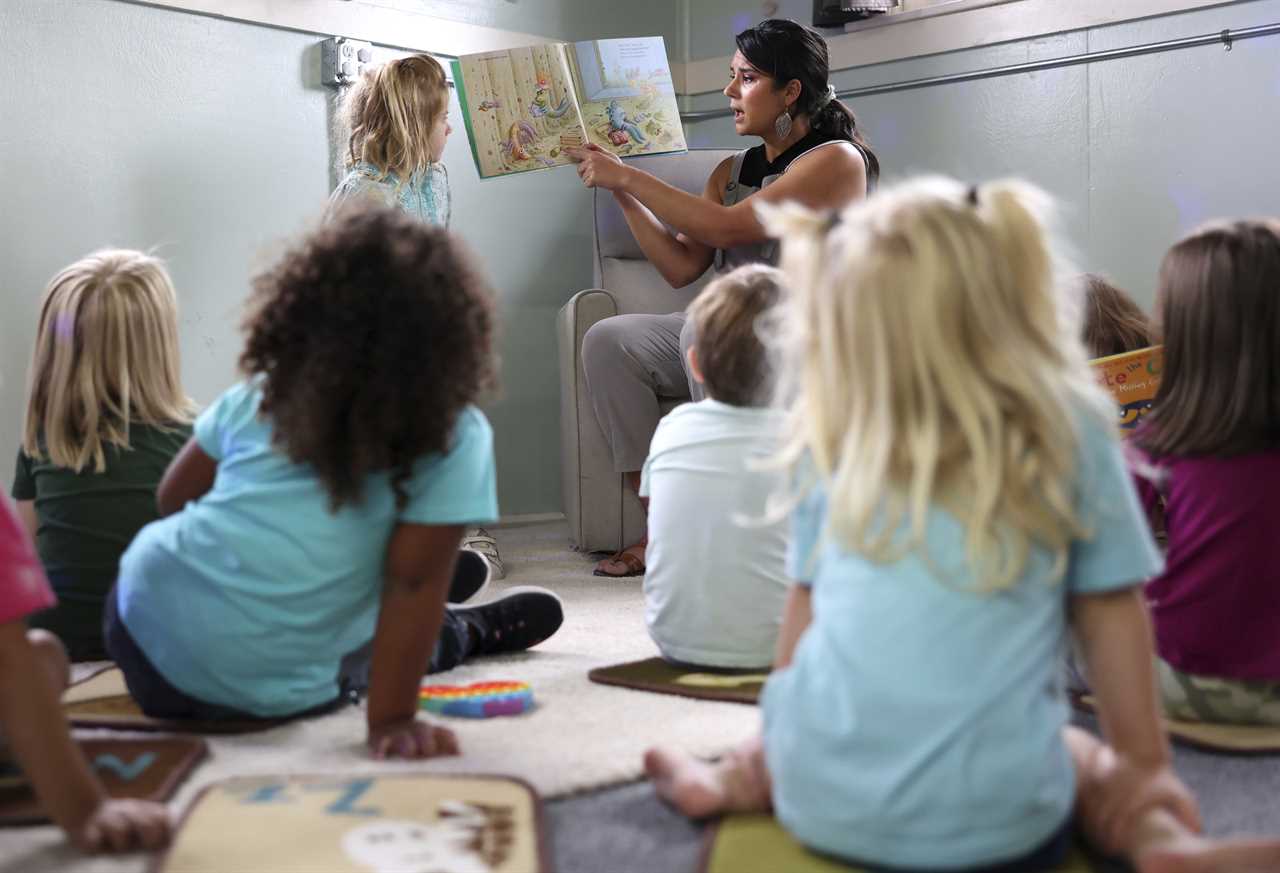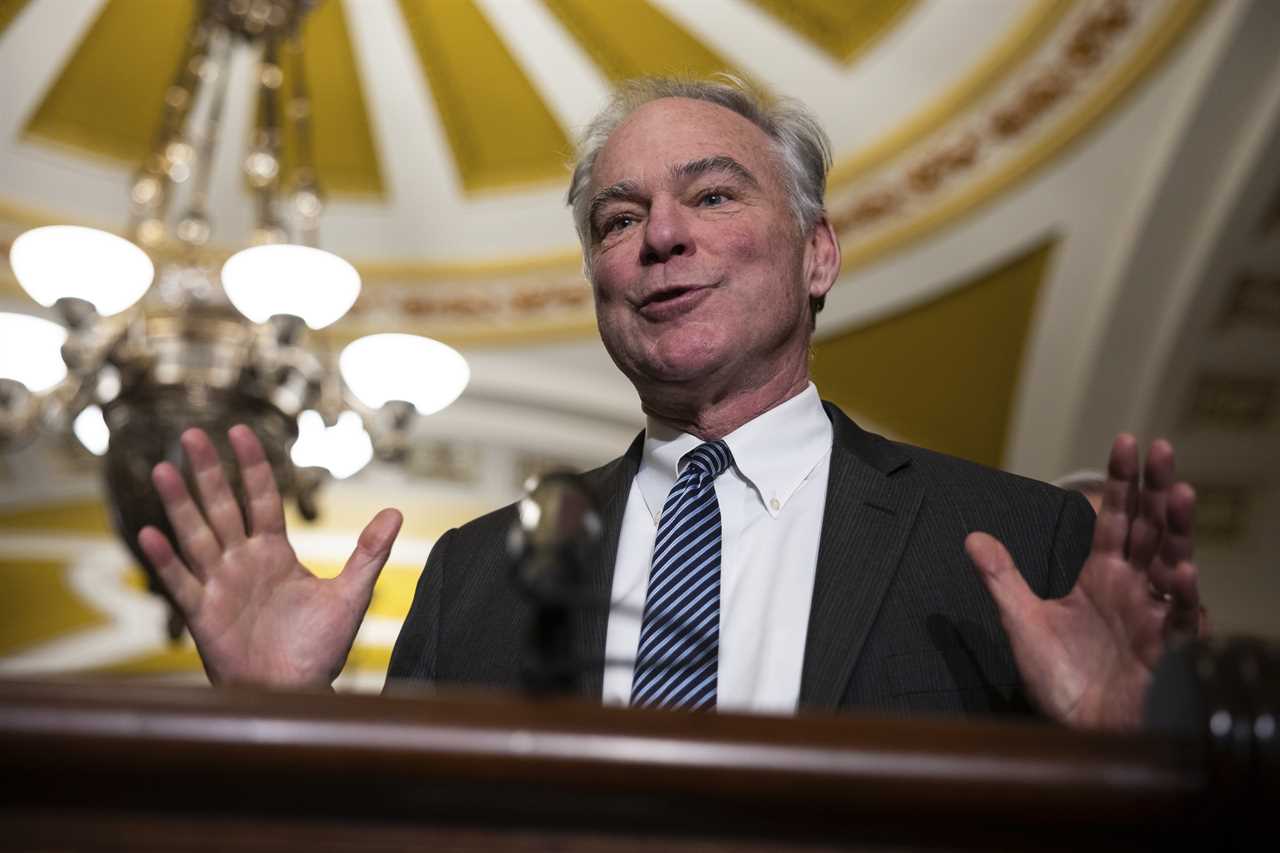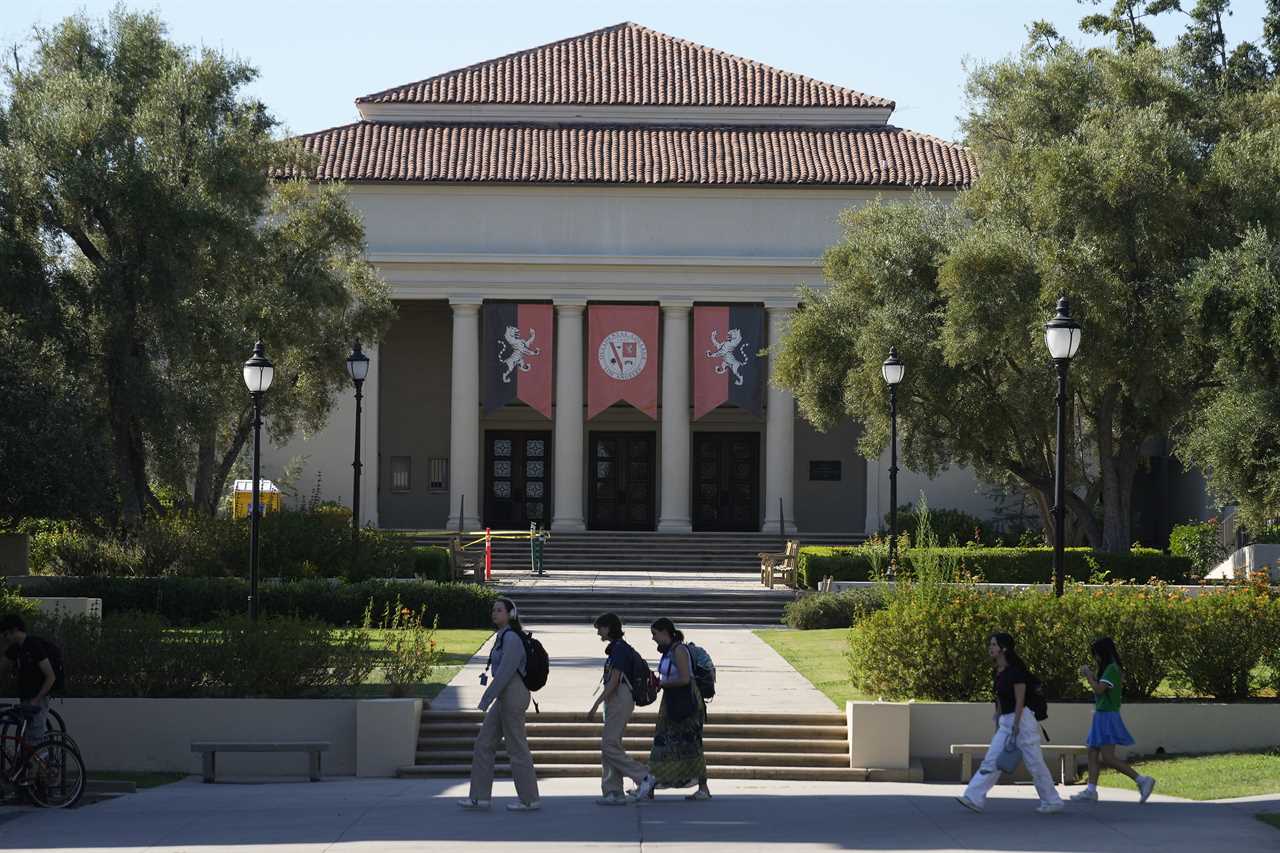
A windfall of Covid-19 relief money helped states boost the child care sector. Now state and federal officials are scrambling to support working parents as the cash peters out.
Missouri officials are betting on new government-supported partnerships between businesses and child care providers to launch more care facilities, while leaders in Connecticut are leaning on universities to help increase early learning centers.
With much of the federal funding for child care drying up in the fall, lawmakers are racing to build local, sustainable revenue streams. And congressional Democrats are betting on supplemental appropriations as a last ditch effort.
“This is a crying need for kids, for parents, for child care providers,” Sen. Tim Kaine (D-Va.) said in an interview. “But it's also really connected to our economic productivity right now with the labor market being so tight.”
States have until Sept. 30 before roughly $4.1 billion in remaining child care stabilization funds Congress allocated through the American Rescue Plan expire and a year to spend another dwindling $12 billion in supplemental Child Care Development Fund dollars.
Kaine and dozens of other lawmakers in both chambers recently urged President Joe Biden to support $16 billion in emergency funding for child care. But in a supplemental funding request this month pressing Congress to “continue funding” child care programs, the White House fell short of making an official appeal for it — deflating the Democrats' latest push.
That shift from federally backed child care to state-led support highlights one of the lingering uncertainties from the end of a massive infusion of federal cash during the Covid emergency. It’s also unclear what happens in a Congress deeply divided over spending.

“The president is probably getting a lot of requests from members about things to put in the supplemental but I think this one kind of elbows its way above the pack because it speaks directly to the need that is maybe most acute in the economy right now,” Kaine said, noting that lawmakers “underemphasize” the role that child care plays in the economy.
And state officials see reliable access to child care as a critical piece of their economic competitiveness and maintaining a strong workforce — letting the pandemic-era programs die off is not an option for them.
“We have a 100,000 worker shortage, and it doesn't take the governor long to realize that child care is part of the strategy,” Beth Bye, Connecticut’s Office of Early Childhood commissioner, said in an interview.
About 70,000 child care programs are projected to close as stabilization money expires, according to the Century Foundation, a progressive think tank that launched a six-figure ad campaign in July ahead of the funding cliff.
“The price that [child care] costs is not something that most families can afford and it's not about reducing costs to provide that care. It's about increasing investments in the child care sector,” Women’s Bureau Director for the Labor Department Wendy Chun-Hoon told POLITICO.
Missouri established grants aimed at expanding or creating new child care facilities using a one-time $60 million injection from federal American Rescue Plan dollars following Republican Gov. Mike Parson’s 2023 budget request.
But the money is contingent on grantees having a business or community partner, like hospitals or colleges, match the money from the state. That partnership is how state officials see these child care facilities staying open once the grants end.
“With any small business you need partners, and you need to have that business plan and you need to make sure that you have services available with that supply and demand,” Assistant Commissioner of Missouri’s Office of Childhood Pam Thomas said. “Having those community partners help with that cost — with that supply and demand so to speak — is going to set up our child care program for success.”
In Connecticut, Democratic Gov. Ned Lamont approved a historic income tax cut this legislative session while also allocating $67.5 million to the state’s child care budget through fiscal 2025.
Connecticut has also put American Rescue Plan dollars toward an initiative that serves about 350 children across nine colleges and universities and was designed to give future educators hands-on experience. The state is working with the federal government on other funding streams they can use to continue this program.
The state has also used additional Covid relief money to expand its child care assistance program, Care 4 Kids, to include kids whose parents are attending school or workforce training.
Insufficient infant-toddler child care is costing $122 billion in lost earnings, according to the Council for a Strong America’s group Ready Nation, a nonprofit organization advocating for child care to build the workforce.
Wisconsin’s program Partner Up!, which provides businesses grant money to purchase child care slots for their employees, is a $10 million blend of Covid-19 aid from the American Rescue Plan, the Coronavirus Response and Relief Supplemental Act and money from the federal Preschool Development Grant.
Wisconsin Sen. Tammy Baldwin, a Democrat, has also made her own calls for the federal government to bolster the workforce and child care sector.
“Wisconsin has done well at using federal investments to connect businesses with child care needed for their workers,” she said in a Senate HELP Committee hearing on child care in May. “I am concerned about the ability of families and businesses in Wisconsin to continue to utilize these types of partnerships when the available funding runs out.”
Several states have preemptively sought ways to boost the number of child centers without federal help.
GOP-led Kentucky and North Dakota launched programs in 2023 that divvy up the cost of child care between the state, employers and their employees. Both states allotted one-time funds to pilot these cost-sharing programs — $15 million in Kentucky and over $5 million in North Dakota.
These public-private partnerships follow Michigan’s lead which, with the backing of Democratic Gov. Gretchen Whitmer, launched a cost-sharing program in 2021 that splits the cost of care equally between the employer, employee and the state. Michigan has allotted $7.6 million in the past two years for its program. Republican state Rep. Greg VanWoerkom, who pushed for the program, said that access to child care is an economic issue that businesses, government or families can’t shoulder on their own.

“I’m going to look at this as a workforce issue — a lot of highly qualified individuals that are sitting on the sidelines because they can’t afford to work,” VanWoerkom said in an interview, noting that child care has often been seen as a health care or education issue.
In some blue states, lawmakers look at child care and early learning as a two-generation investment that’s needed to counter languishing enrollment in higher education. Undergraduate enrollment nationwide fell by 15 percent between 2010 and 2021. For two-year institutions enrollment dropped by nearly 39 percent, according to the National Center for Education Statistics.
New York put roughly $20 million in 2022 toward child care access on State University of New York and City University of New York campuses, with some money going directly towards expanding services on campuses that don’t have child care centers.
Some Capitol Hill lawmakers believe access to child care can be expanded without spending large amounts of federal dollars.
For Rep. Ashley Hinson (R-Iowa) her experience trying to find access to care is why she wants to do something about it in Congress — but it doesn’t need to “necessarily cost the federal government a whole lot of money,” she said.
Hinson, who sits on the House Appropriations Committee, suggested in an interview that lawmakers could expand the uses of existing funding streams like the Child Care and Development Block Grant.
“We might not even need to grow government. We may need to think about doing things differently,” Hinson said.
----------------------------------------
By: Mackenzie Wilkes
Title: Child care facilities need an infusion of local cash to stay afloat
Sourced From: www.politico.com/news/2023/08/22/child-care-facilities-congress-education-00111917
Published Date: Tue, 22 Aug 2023 03:30:00 EST






